Bi-Consent Is Not Bye Consent!
The assumption that bisexual individuals cheat and have sex with everyone is incorrect and abusive. Their sexual commitment and consent are as legit as any others. So let’s delve into the concept of consent amongst bisexual individuals or bi-consent.
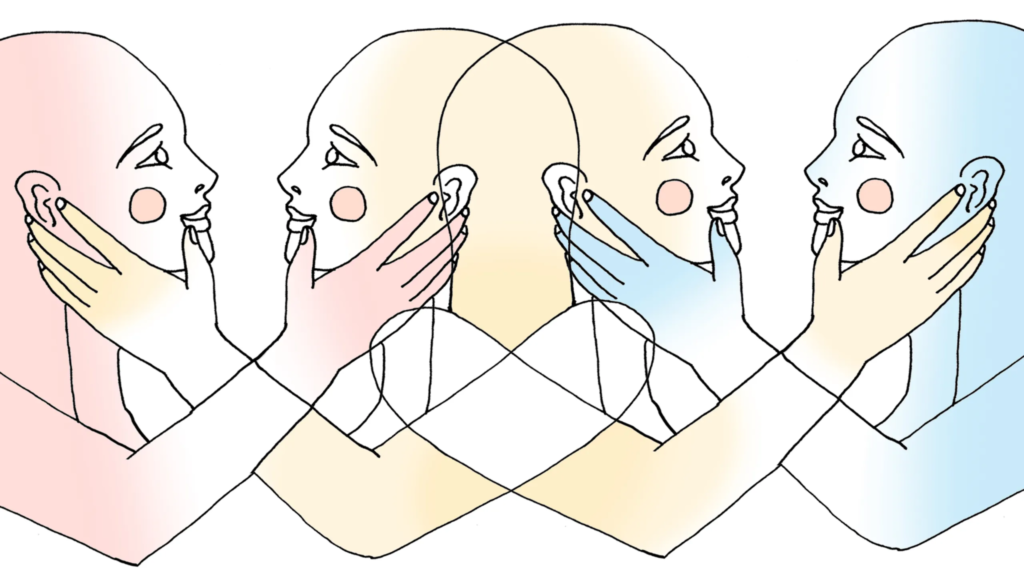
What is Bisexuality?
When a person is attracted to more than one gender, they are called bisexuals. The genders being referred to here are both man and woman, as ‘bi’ means two. However, bisexuals are people attracted to any or either gender and may confuse the term with pansexuality.
What is consent?
A simple definition of the word ‘consent’ is: seeking permission to do something. As an often brought up and essential notion, understanding consent is important. Sexual activities need consent, irrespective of a person’s sexuality or gender.
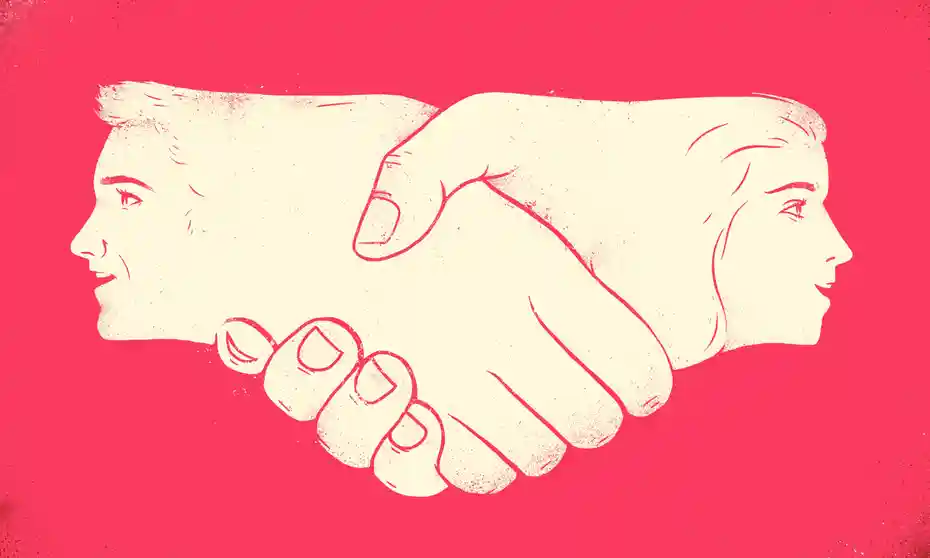
Why talk about sexual consent and bisexuality?
Bisexual people are often abused and called names. They are told that they are confused about being attracted to both men and women. One of my friend’s boyfriends, right before their breakup, told her he was scared of her cheating on him since her bisexuality made ‘her open to business.’ He assumed she was having and could have sex with anyone without him knowing. This incident not only questioned her honesty and commitment but also attempted to erase her sexuality. Leading further to biphobic abuse. Although, yes! The person in question may indulge in sex with other individuals but only if they want to. And it does not mean that they would cheat in a loyal relationship.
What are the problems and effects of the growing misunderstanding, biphobia, and unsolicited abuse?
The only allegedly defined genders, male and female, have been policed with certain rules and expectations for several decades (one can say, for the duration of the victim’s history). Because of which when a person tries to express their attraction, they’re automatically supposed to be discoursing from the preconceived morals of masculinity and femininity.
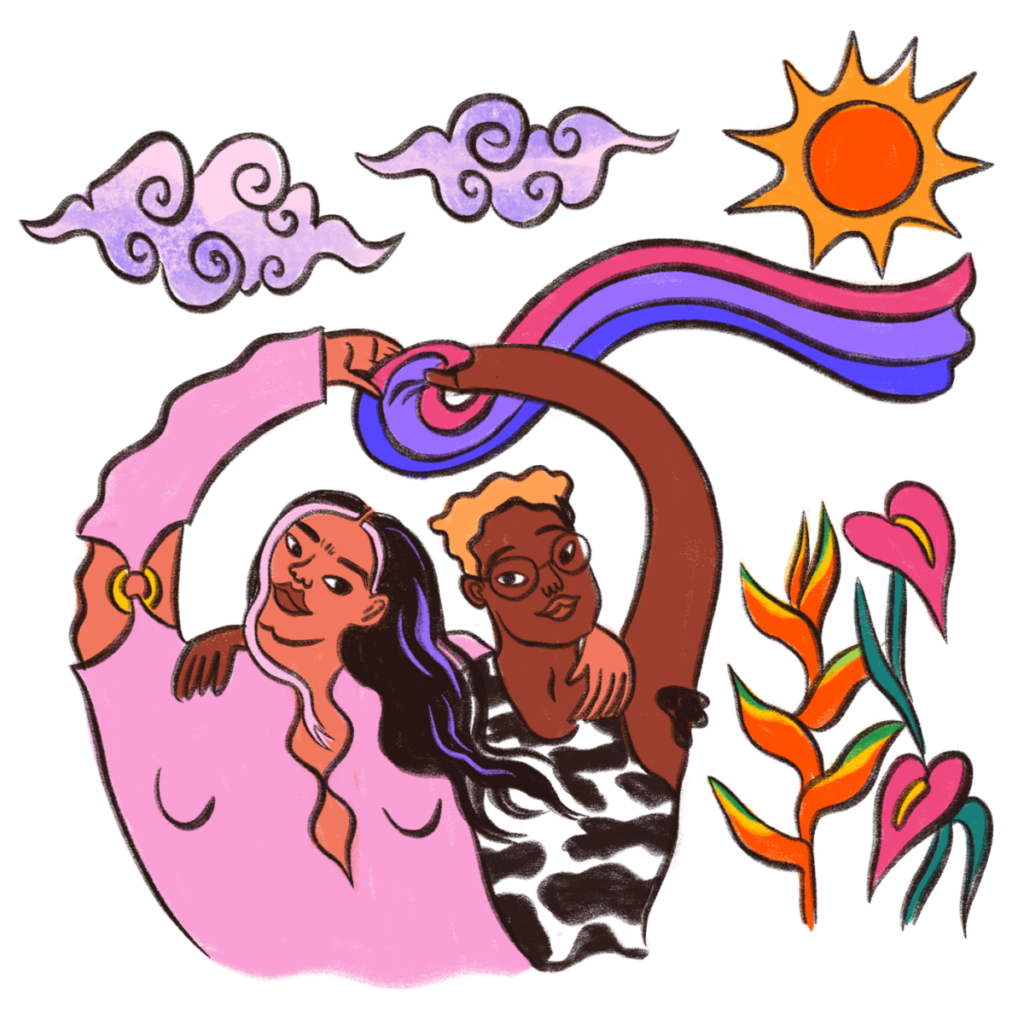
Aren’t masculine and feminine people males and females?
This is an often confused and somewhat problematic question. (Real confusion lies in this ideal, not in bisexuality!) The answer is: not really. Man and Woman can be referred to as Male and Female, respectively. But a man and woman are not the only one’s residing in the male and female canon. Based on one’s sexual orientation, they are categorized as masculine – meaning one who has an appearance traditionally only associated with a man.
On the other hand, feminine– meaning one who does have the appearance of a traditional notion of a woman. However, the traditional prescription of the definition of the words masculinity, and femininity, forms the basis of the stereotype here. The stereotype that to be masculine, you need to identify as a man and as a woman in the case of the feminine. The fact is that both are facets of each individual. Hence, a bisexual man/woman and bisexual male/female are not the same.
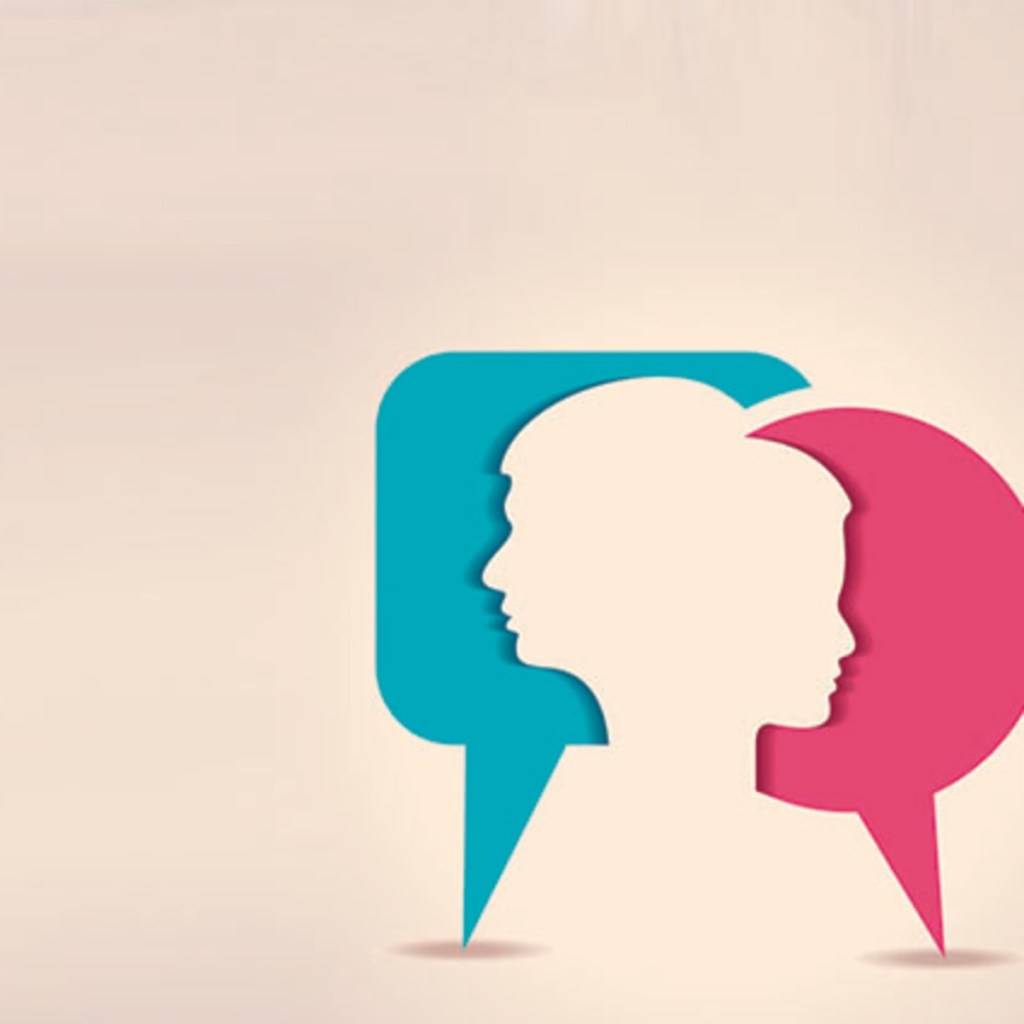
No-fuss explained easy:
Man and Woman: nouns used to describe a certain or group of persons.
Gender: male, female
Sexual Orientation: bisexual, trans, gay, lesbian, asexual (etc.)
It is the gender with which a person chooses to identify with and their sexual orientation, which makes them a (using bisexual for discussing bisexuality here) bisexual male, bisexual man, bisexual female, bisexual woman.
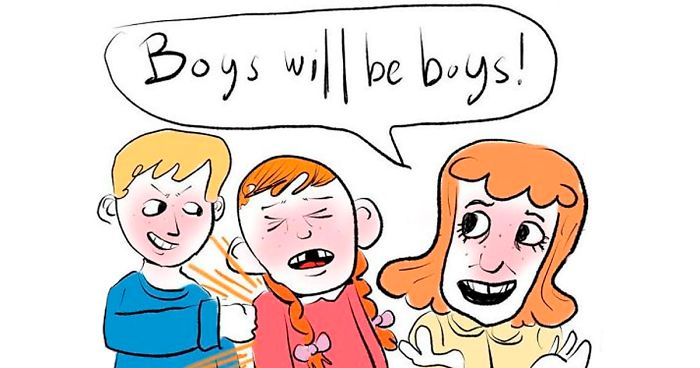
What can we do to conclude for united consent and happiness?
Talk! A discussion that has not begun cannot conclude. Because there are no general public discussions around the theme of masculinity and femininity, their meaning remains the traditionally assumed one. Hence, the rules of behavior conventionally attached to masculine and feminine are put into action, thereby eliminating consent. It is assumed to be their prescribed societal positions, where masculine is against, hence superior to, feminine. As a result, consent is lost, and biphobia prevails, concluding an individual’s sexuality as confusion or phase.
It’s not who one sleeps with, but the moments where they have the opportunity to converse about the possibilities of who they are or might be. This helps in non-erasure and acknowledgment of the much-needed bisexual consent.
Featured graphic: Vijaya Srivastava
Author

